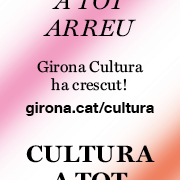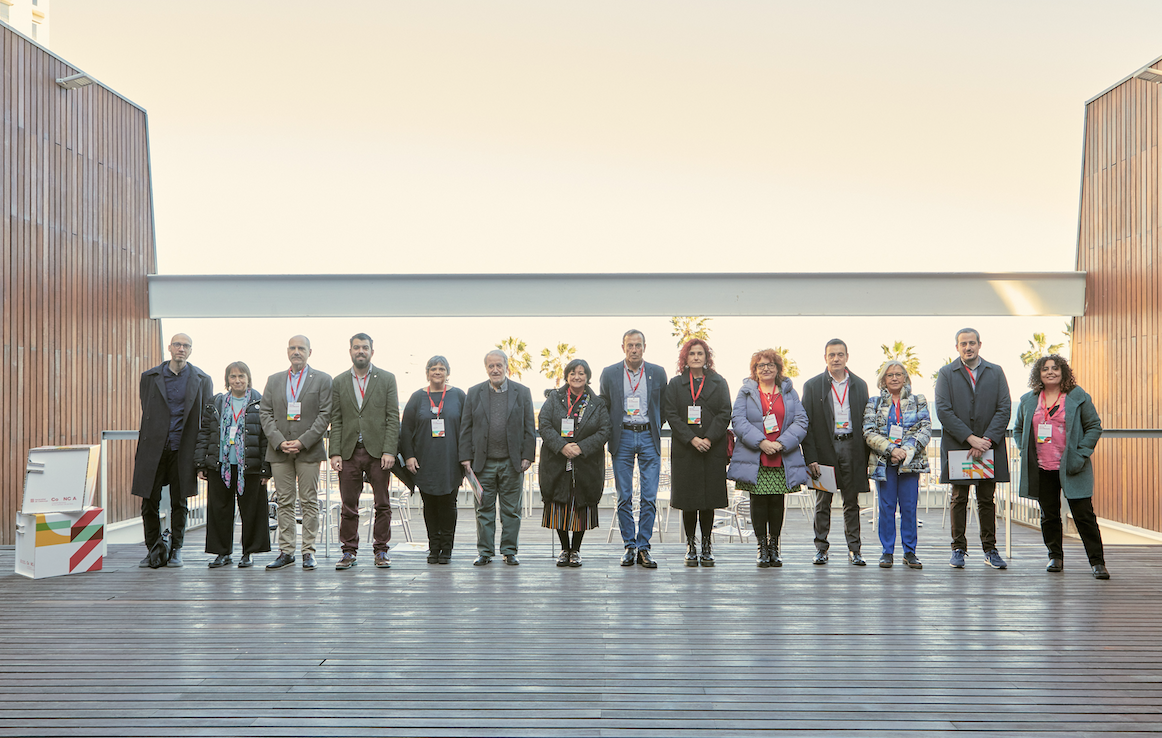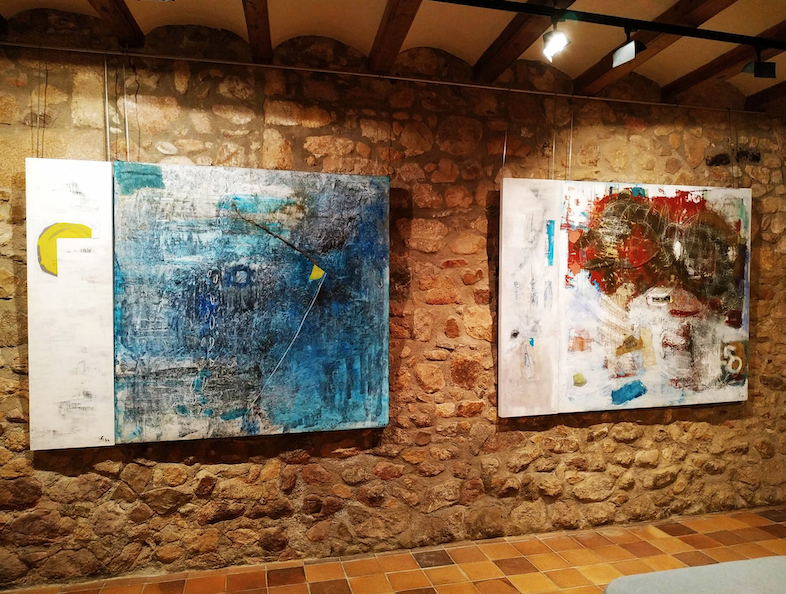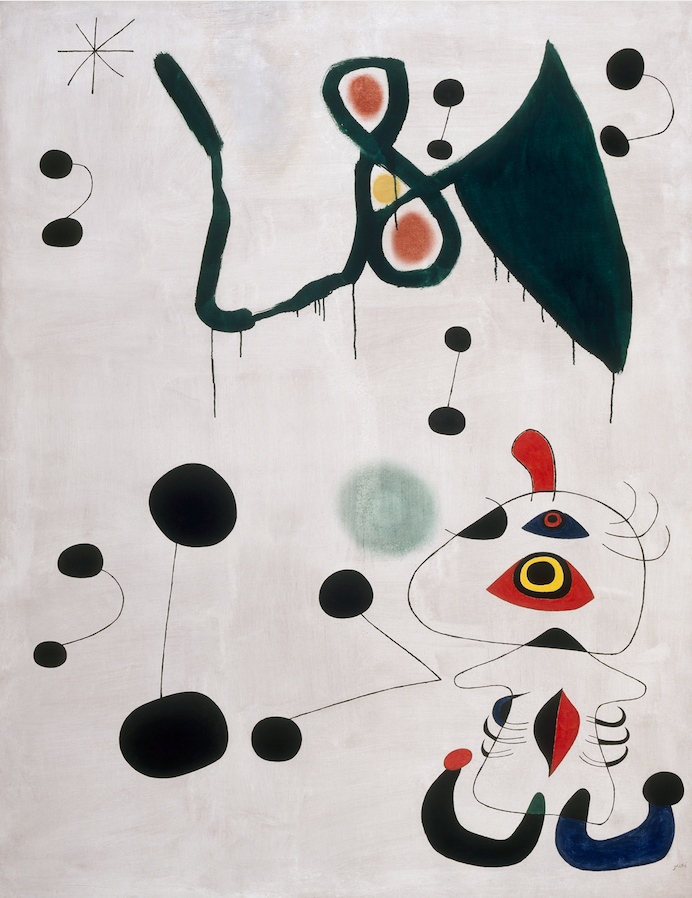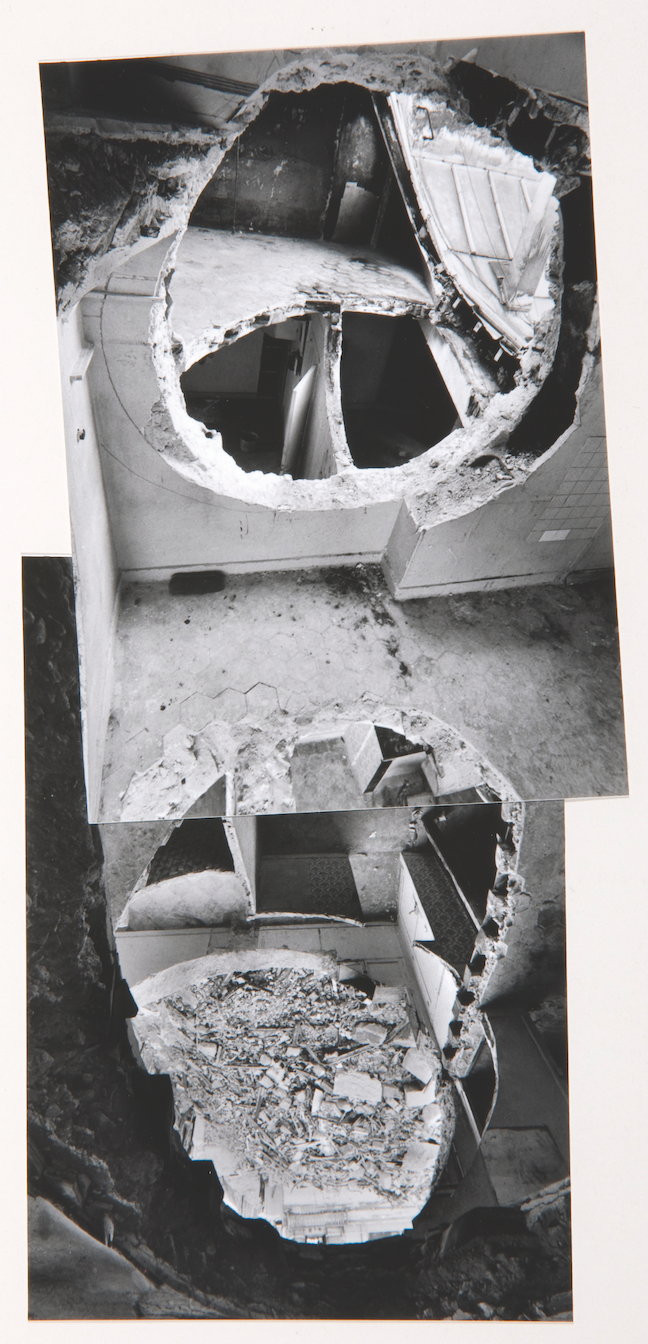
In 1966, Aldo Rossi published L'architettura della città (The Architecture of the City) . In the intense years of post-war European reconstruction, the architects' task was mainly to solve the housing problem in places ravaged by war, devastated plots full of rubble in which there was no memory. possible to rescue, but rather to forget: the city was a mere empty table. Faced with the maelstrom of reconstruction, Rossi proposes an analytical study of "urban events", a call to order after a time of disproportionate, albeit necessary, (re) construction. It was necessary for the architect to be invested with the galas of the historian.
Six years later, in 1972, another important book of the second half of the twentieth century was published: Learning from Las Vegas by Robert Venturi, Denise Scott Brown, and Steven Izenour. he stopped looking at disciplinary history to look for a certain legitimacy for contemporary architecture in the vernacular tradition. Delving into the mechanisms of building a contemporary city exemplified in Las Vegas, a city made of virtually nothing, in the middle of the Mojave Desert.
Six years later, in 1978, this saga of city studies was joined by Rem Koolhaas's Delirious New York . If Las Vegas Apprentice was trying to usher in a new look at a reality built by non-architects in search of its symbolic forms, Rem Koolhaas delves into the recent history of New York, indiscriminately mixing cultured, popular, marginal, or delusional references. : from Coney Island to Rockefeller Center, from Hugh Ferris to Raymond Hood, from Diego Rivera to Salvador Dalí.
In a dozen years, these three books have captured the attention of academia and marked the development of architectural culture in the following decades. And while the academy was busy inserting new pieces into the city, Gordon Matta-Clark began his first building work in the early 1970s. The buildings that were the subject of his furtive interventions were normal and ordinary structures, lacking in quality, which, due to their abandoned situation, allowed them to intervene without any kind of urban or museum regulation. In his work Splitting (Englewood, New Jersey, 1974), Matta-Clark removes all traces of habitation and makes any house in any neighborhood acquire the qualities of a sculptural object. What has been built becomes a new life away from all urban planning regulations or museum classification to constitute a new way of understanding the built heritage.
In the three studies on the city mentioned here, Matta-Clark expands the concept that until then was understood as heritage. It is no longer just a matter of inserting pieces into the historical fabric, or of disciplinary typological discussions, but rather allowing the logics of the building, the users and the designer to act without much hindrance in order to propose a new way of 'understand what has been built.
Image: Gordon Matta-Clark, Conical Intersect , 1975. Photomontage. Canadian Center for Architecture © ️ Estate of Gordon Matta-Clark


